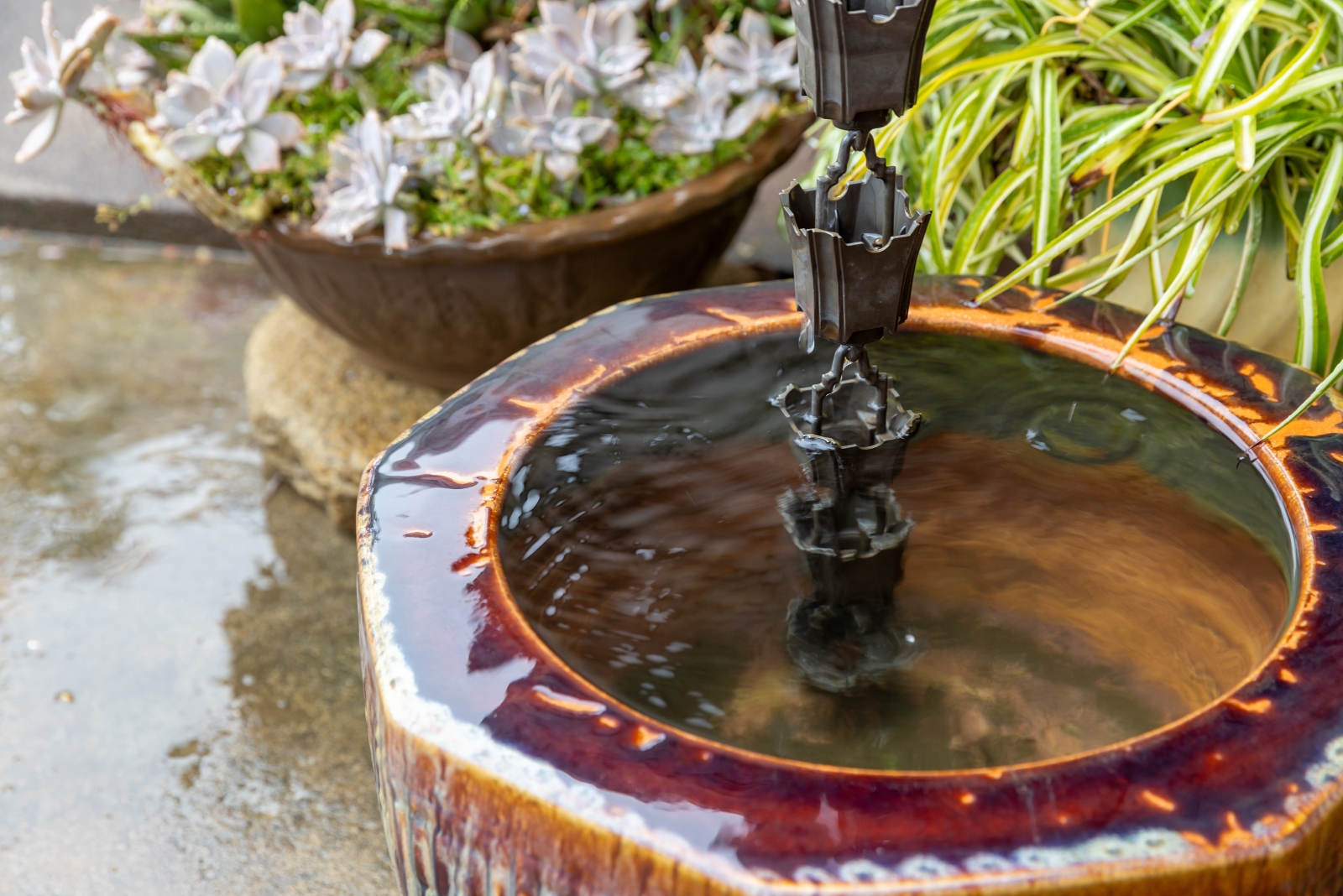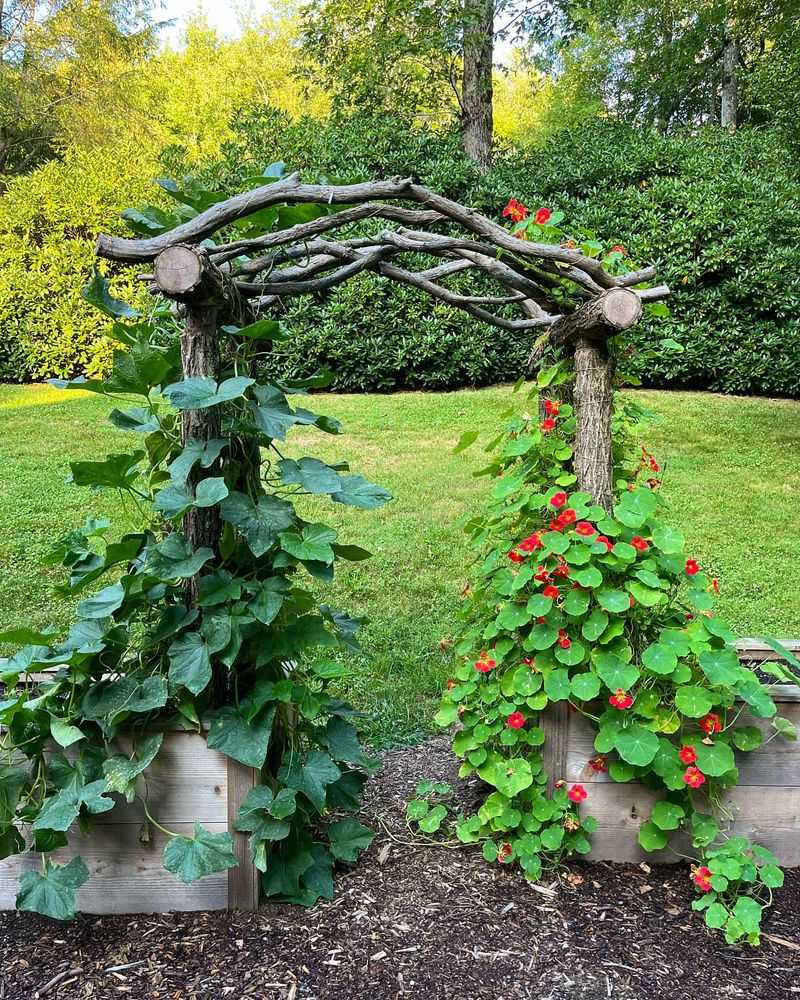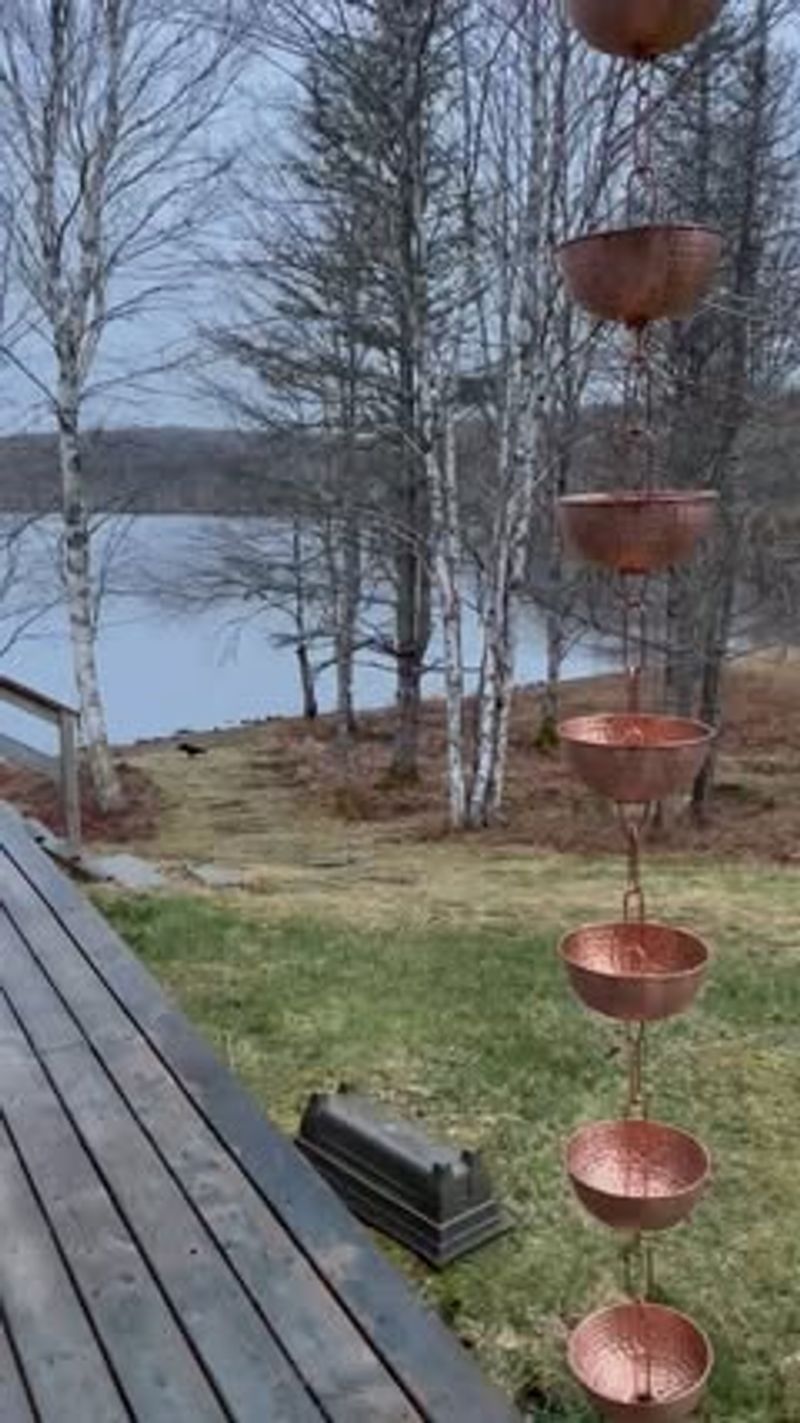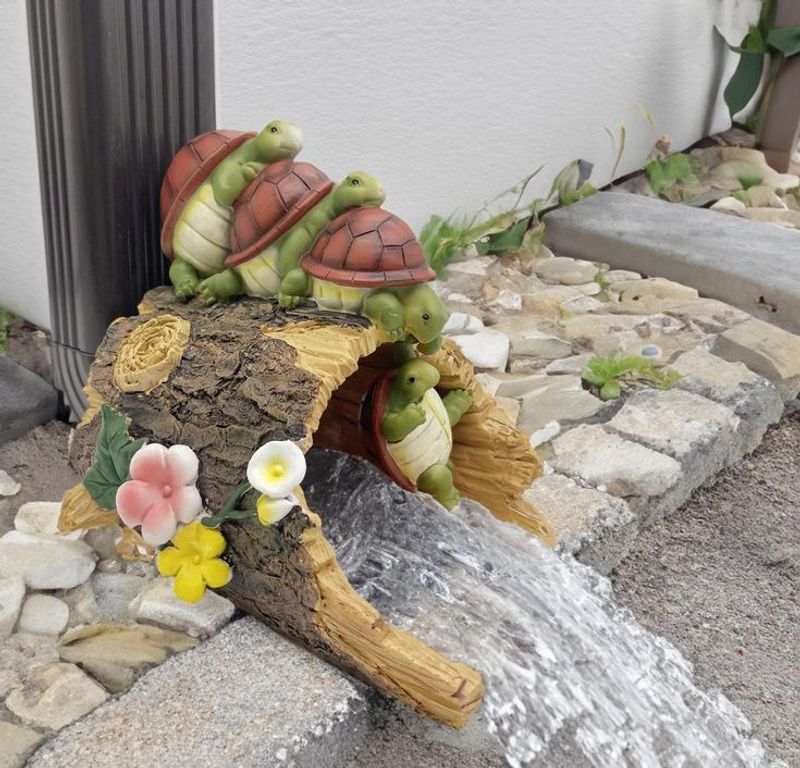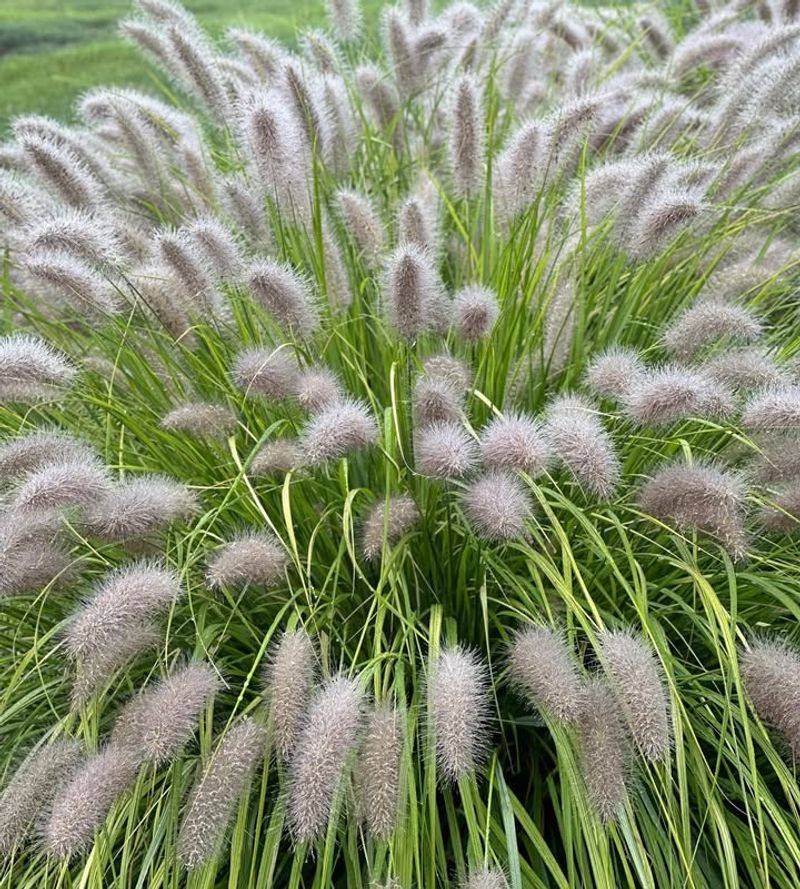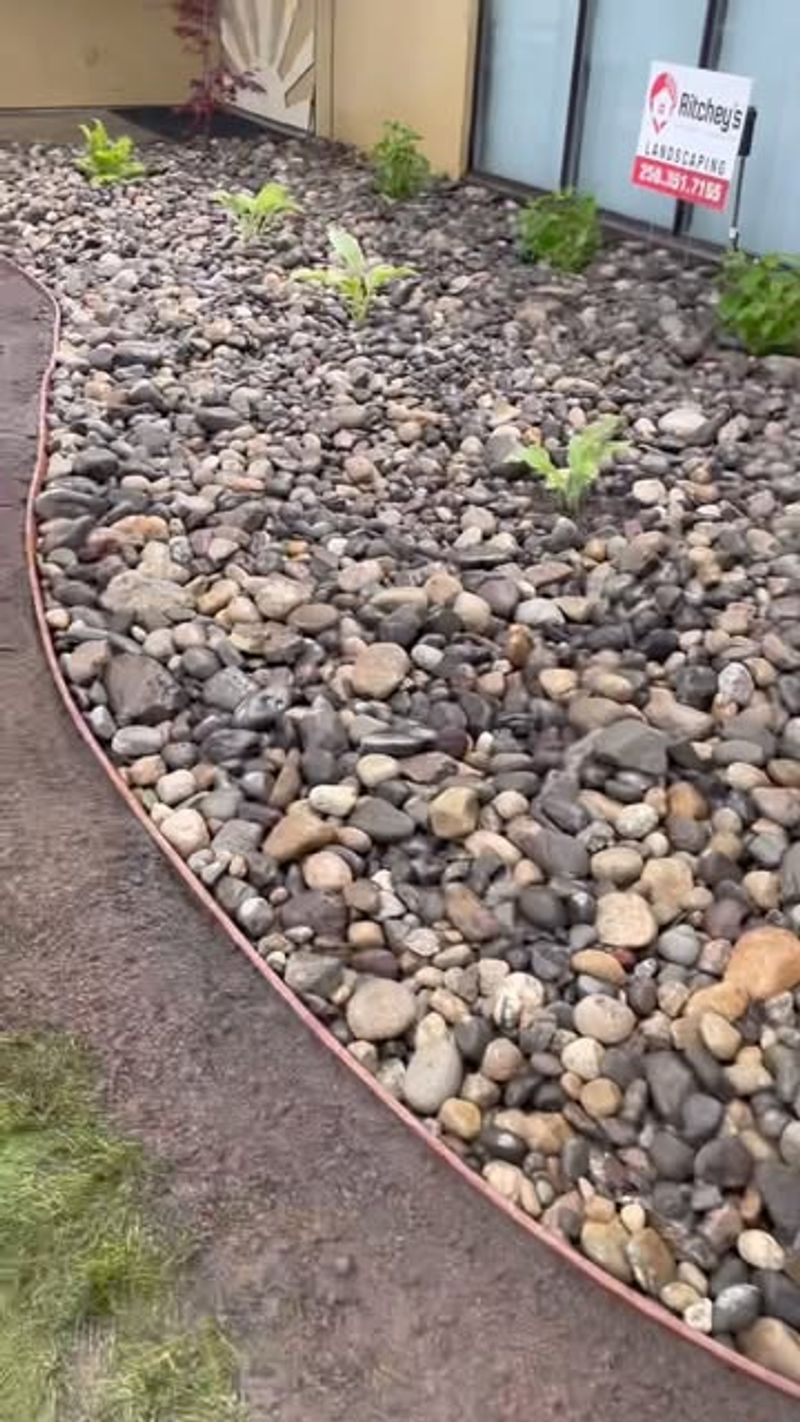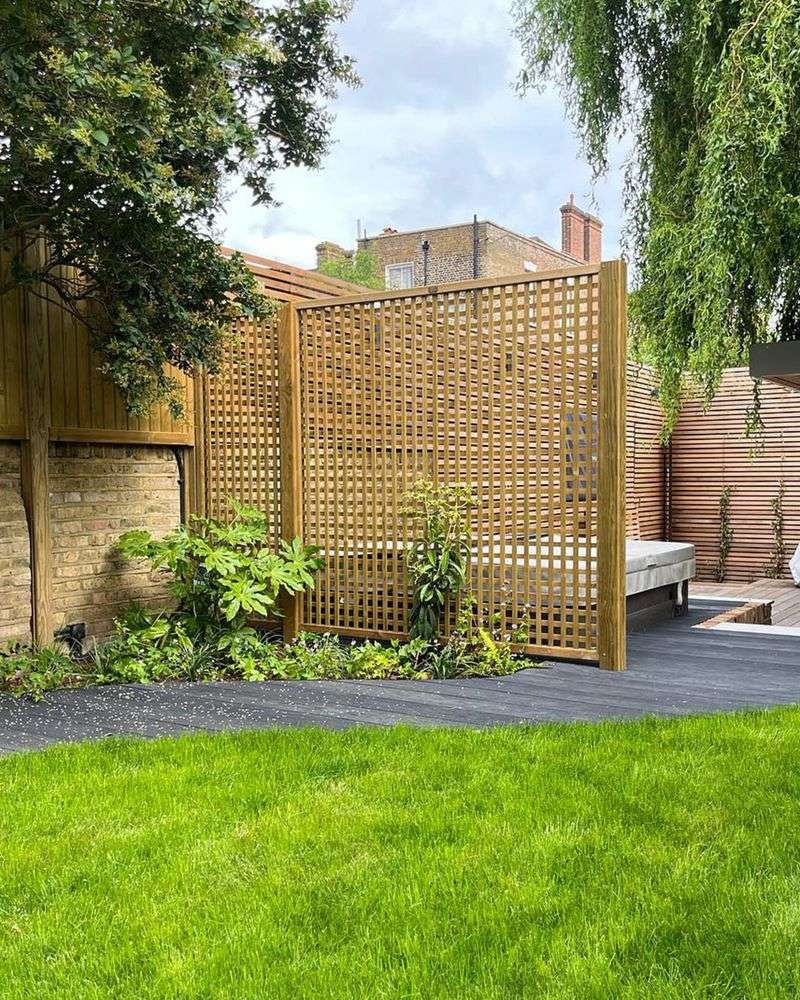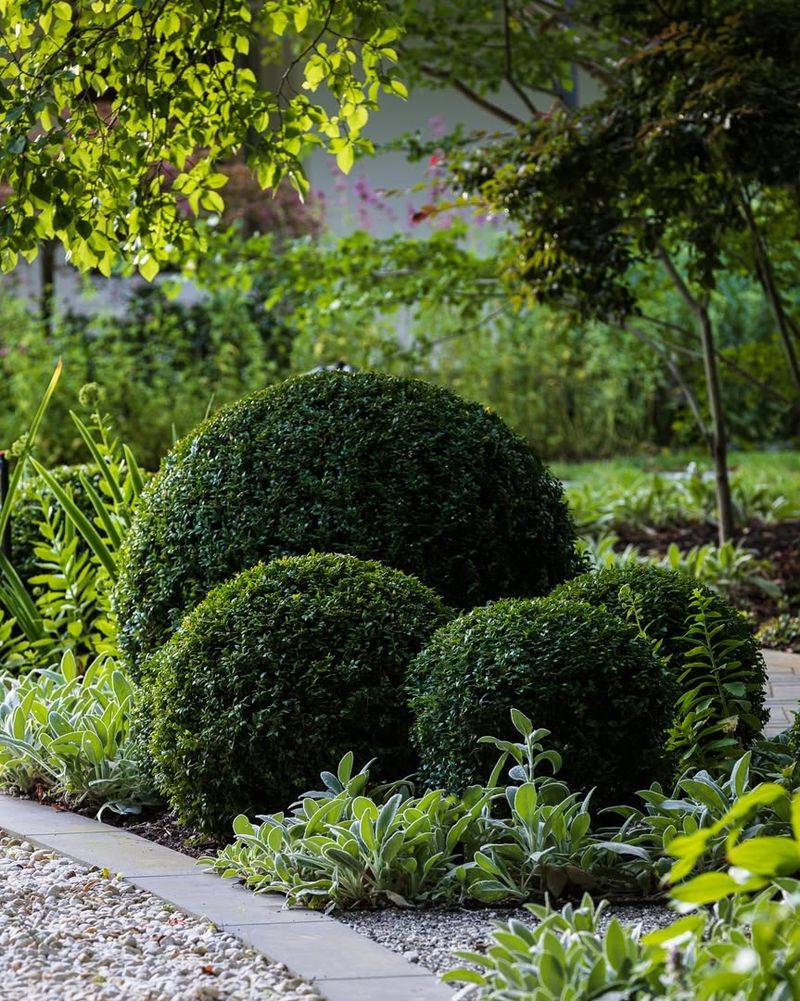Georgia gardens can look so much cleaner and cozier when those downspouts blend in naturally. A few simple tricks can transform them from eyesores to charming garden features.
I’ve gathered seven fun DIY ideas perfect for Georgia yards. Your garden will look effortlessly polished while staying functional.
1. Create a Vertical Garden Wall
Transform your downspout into a living work of art by installing a trellis or wire mesh system. Climbing plants like Carolina jasmine or trumpet vine thrive in Georgia’s warm weather and quickly cover unsightly pipes.
Attach the structure a few inches away from the downspout to allow airflow. Choose native vines that attract butterflies and hummingbirds for added beauty.
Water the plants regularly during establishment, and watch your downspout disappear behind a cascade of blooms throughout the growing season.
2. Build a Rain Chain Alternative
Rain chains offer a stylish Japanese-inspired way to guide water while adding visual interest to your garden. Install a rain chain parallel to your existing downspout or replace it entirely if local codes allow.
Copper chains develop a beautiful patina over time that complements Georgia’s red clay soil. Position a decorative basin or rain garden at the base to catch the water.
The gentle sound of trickling water creates a peaceful ambiance while serving a practical purpose in your outdoor space.
3. Install Decorative Downspout Extensions
Decorative extensions come in whimsical shapes like frogs, turtles, or fish that add personality while directing water away from your foundation. Garden centers across Georgia stock these charming additions in various materials and styles.
Simply attach them to your existing downspout outlet. Position the extension to empty into a flower bed or rain garden filled with moisture-loving plants.
Kids especially love these playful touches, and they make functional drainage systems feel like intentional garden art rather than necessary plumbing.
4. Surround with Ornamental Grasses
Ornamental grasses like muhly grass or switchgrass create soft, natural screens that gently hide downspouts without blocking water flow. Georgia gardeners love these low-maintenance plants because they handle heat and humidity beautifully.
Plant them in clusters around the downspout base, leaving enough space for water drainage. The grasses sway gracefully in the breeze, drawing attention away from the pipe.
Many varieties turn stunning shades of pink, red, or gold in fall, providing year-round interest in your landscape design.
5. Design a Rock Garden Feature
Stacked stones and river rocks create an attractive focal point that naturally camouflages downspouts while managing water runoff. Georgia’s abundant natural stone makes this an affordable and authentic-looking option.
Arrange larger rocks near the downspout base, then layer smaller stones and drought-tolerant plants like sedum around them. The rocks absorb heat during the day and release it at night.
Add a few colorful annuals between the stones for pops of color that change with the seasons.
6. Construct a Wooden Lattice Screen
Build a simple lattice screen using cedar or pressure-treated wood that stands in front of your downspout like a decorative panel. Georgia’s humidity requires weather-resistant materials that won’t rot quickly.
Paint or stain the lattice to match your home’s exterior trim. Hang small planters with trailing plants like sweet potato vine from the lattice for added dimension.
Position the screen several inches away from the downspout to allow proper drainage and air circulation behind the structure.
7. Plant a Strategic Shrub Border
Evergreen shrubs like azaleas, boxwood, or camellias provide year-round coverage while adding structure to your Georgia garden. Position them strategically so the downspout sits behind the plantings but remains accessible for maintenance.
Choose varieties that match your garden’s sun exposure and soil conditions. Layer different heights and textures for a professional-looking design.
Georgia’s long growing season means these shrubs establish quickly, providing almost immediate screening while enhancing your property’s curb appeal significantly.

